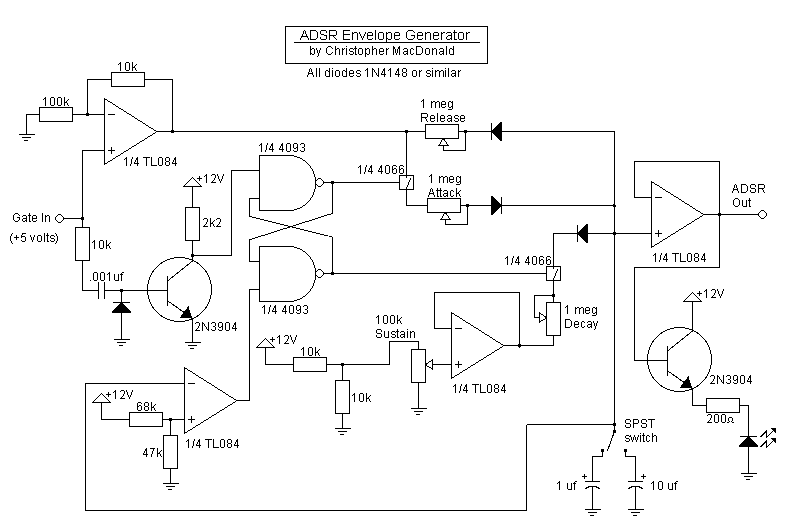EAGLE settings for milled PCBs
Edit this post to contain info pertaining to best practices for EAGLE milled PCBs (tracewidths, hole widths, etc).
http://www.muffwiggler.com/forum/viewtopic.php?t=29329
Labels: diy
Edit this post to contain info pertaining to best practices for EAGLE milled PCBs (tracewidths, hole widths, etc).
Labels: diy
I'm building an Oakley TM3030 for myself and a friend.
Labels: diy synths
Seems like a good idea would be to make software that could convert from PDF/GIF/JPEG to drill plans.
 Need LFO - MFOS VCLFO Need VCAs - MFOS VCA - Decide VCAs based on info found here. Need mixer S&H
Need LFO - MFOS VCLFO Need VCAs - MFOS VCA - Decide VCAs based on info found here. Need mixer S&H  Need slew generator 808/909 BD/SD? Maybe MFB?
Need slew generator 808/909 BD/SD? Maybe MFB?Just recorded a little demo of a Paia Fatman. I'm selling this unit. Hit me up in the commments.
Labels: synths
Another option is to get a kit from Zen Toolworks. They seem to be the best option for DIY kits in the size and price range I want (small and affordable).
Labels: diy
So, I will fully admit. I know next to nothing about machining. I know even less about gears, collets, shafts. The only bearings I've ever used were on a skateboard. Most of the reading I do on CNC-ZONE could be summarized as one big "that's what she said". I'm working on it, so bear with me.

Labels: diy
Some random facts I've learnt about CNC electronics:
Labels: diy
EDIT: I decided to get a DIY CNC kit! Read about me putting it together I'm trying to decide for my next generation of synth building what to do.
Labels: diy
Just about finished this synth project. More info on the Music From Outer Space Soundlab can be found here. Yes it's a ratsnest inside but there was no real alternative to get this synth into this small a case. There's a ton of point to point wiring you have to do on the panel components, and for that reason I'd never build another one of these.



Well my hosting ran out today so time to move to the cloud.
Labels: music